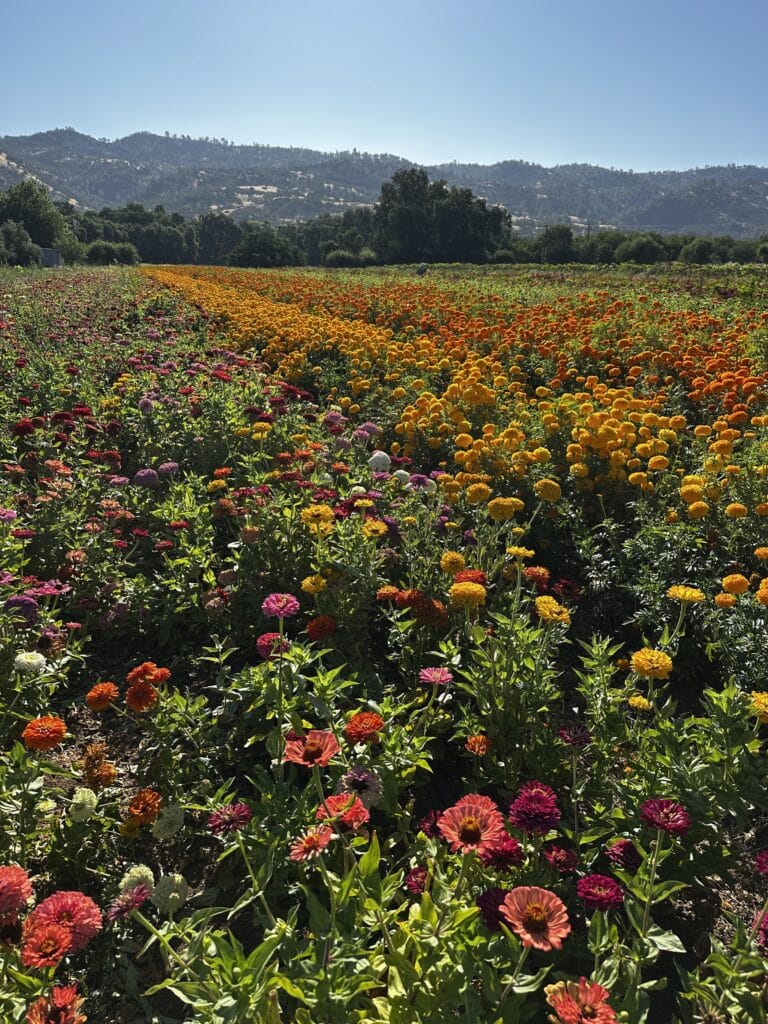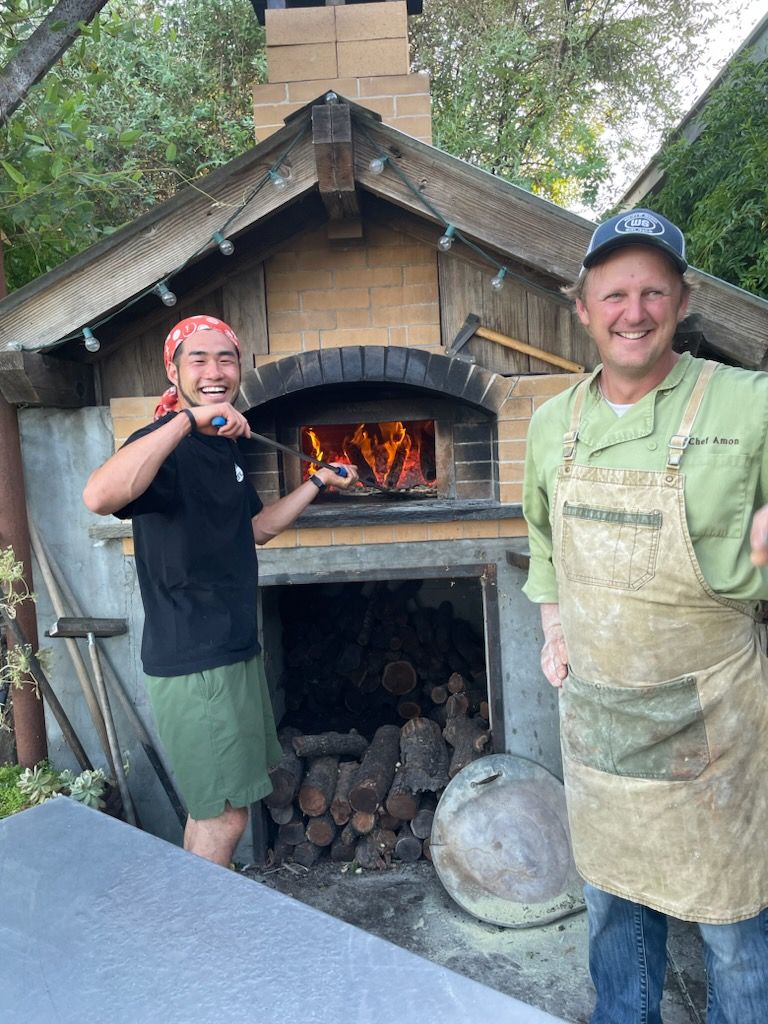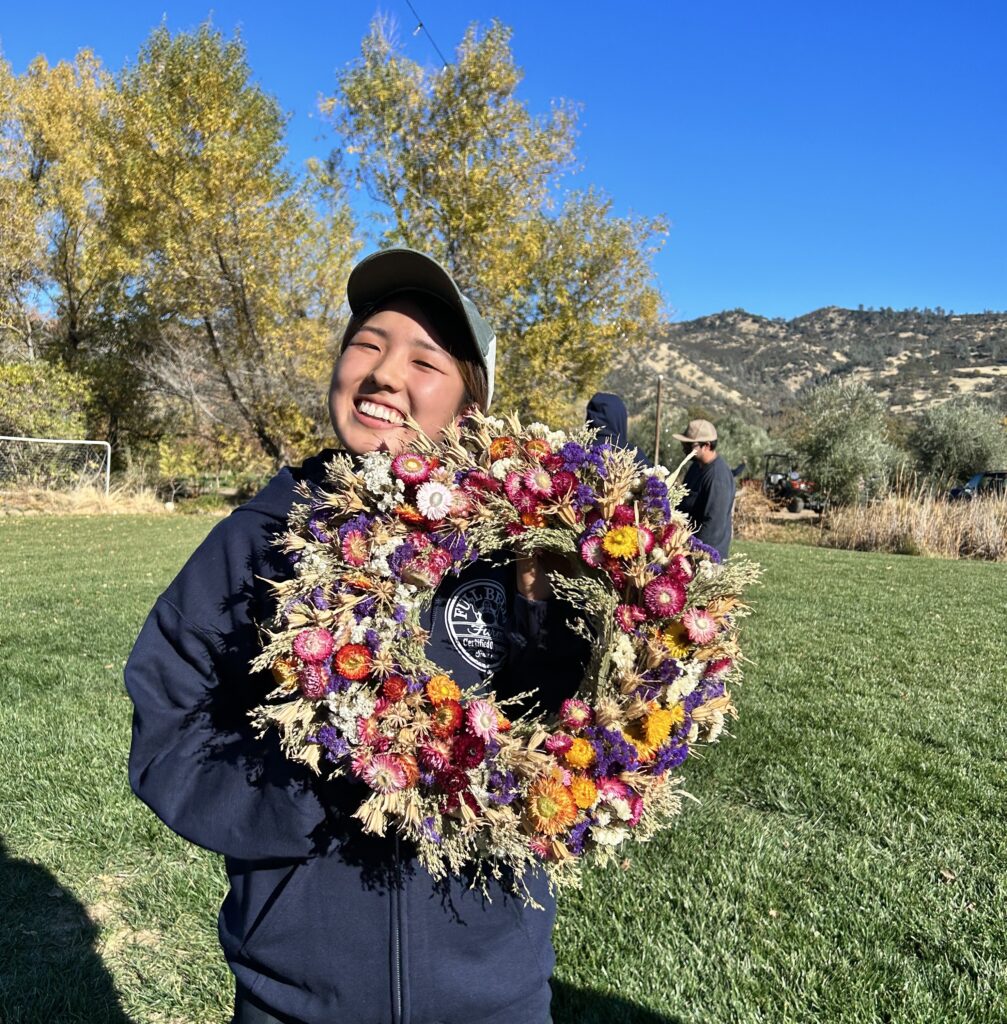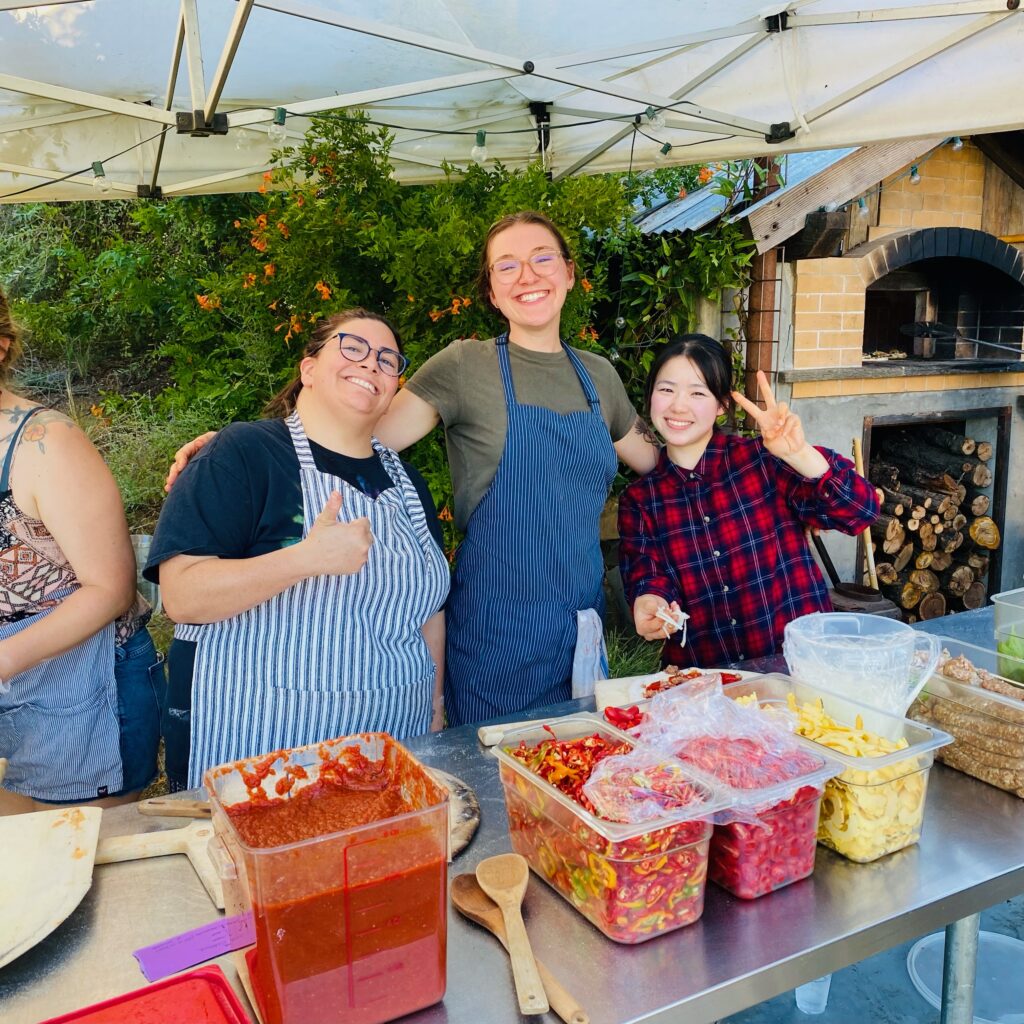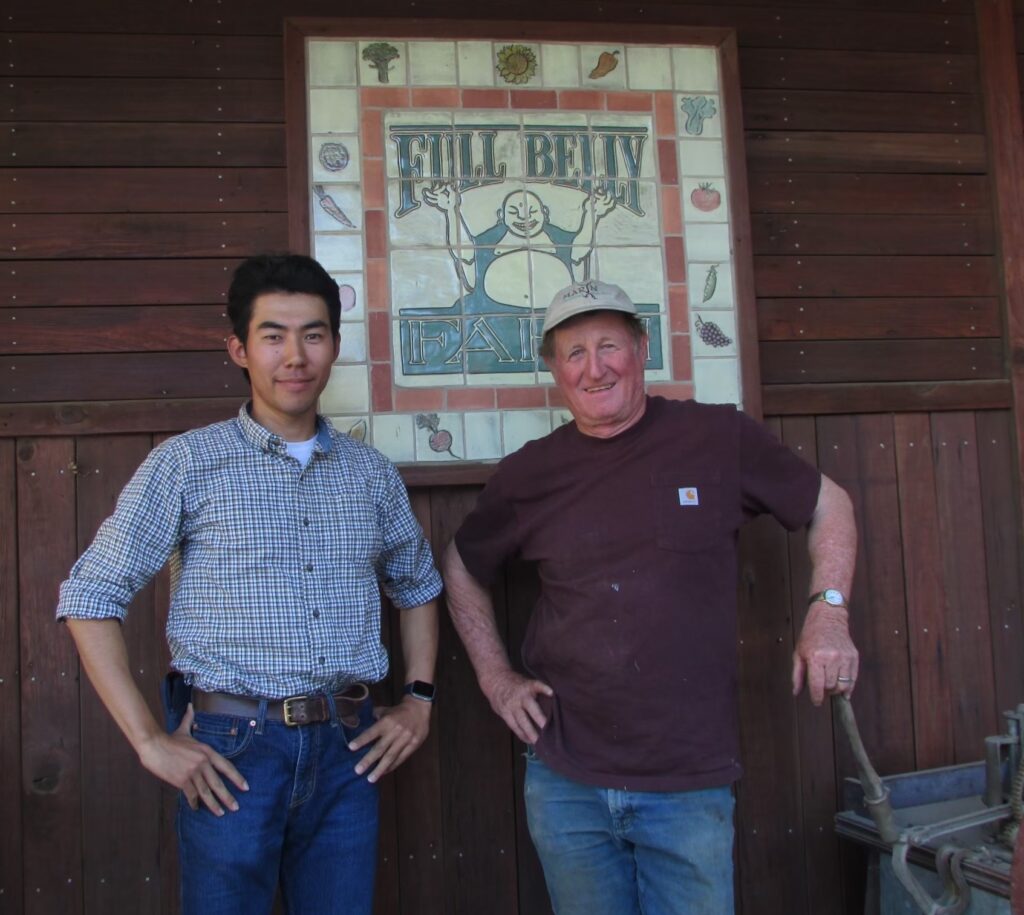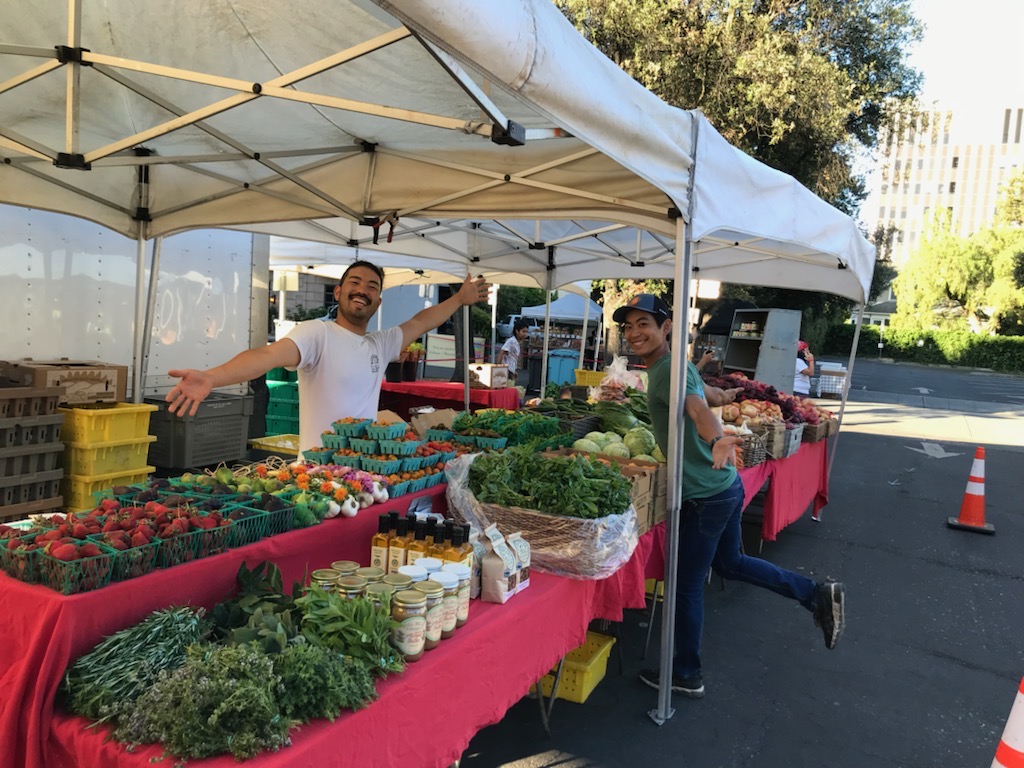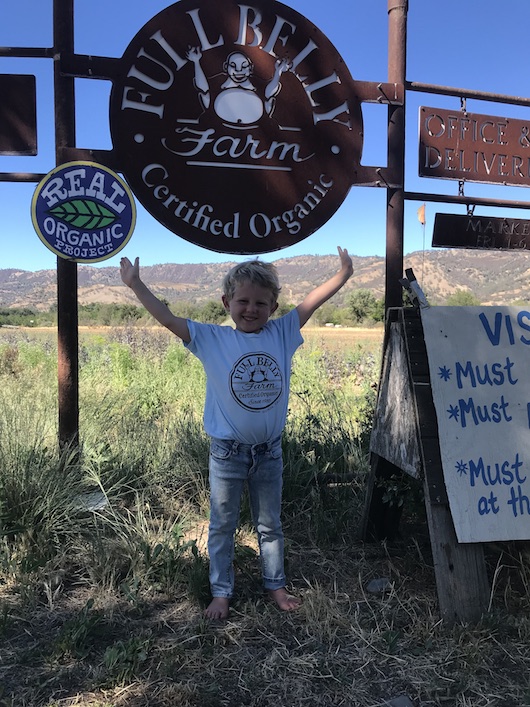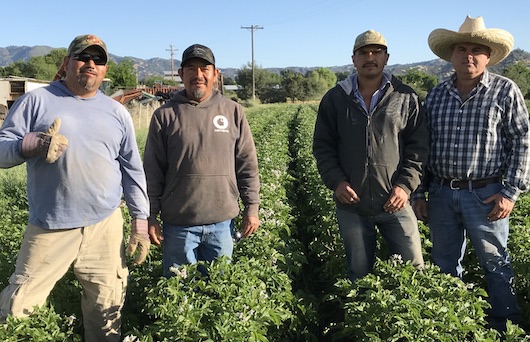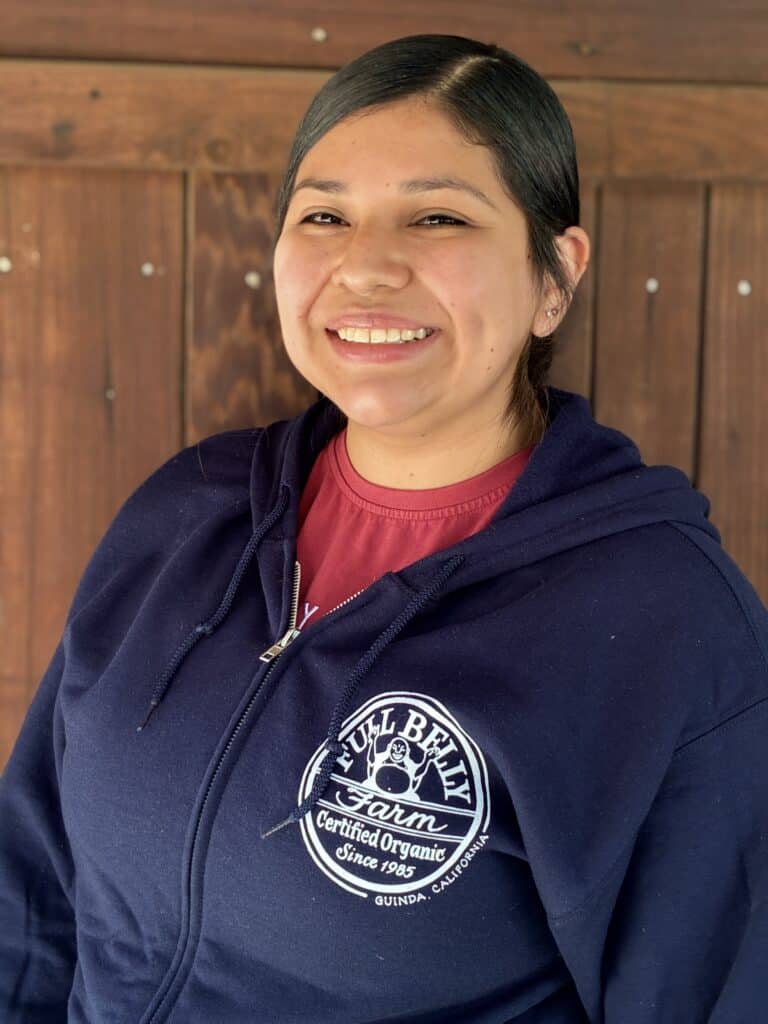
Today’s News from the Farm is an interview with a real farm VIP, our Human Resources Manager, Stephanie Ortiz-Villanueva! She’s essential to keeping things running smoothly!
When did you come to Full Belly Farm?
September 2021, almost four years ago! But who’s counting? Things fly by so fast when you’re busy.
And what are you busy doing?
So much. Payroll, onboarding new employees, and working on safety plans. Safety is huge and I run a lot of trainings or organize outside people to do them. There are always new state requirements for trainings, documentation, plans, and more. Recently it’s meant working on our heat illness prevention plan, injury illness prevention program, and workplace violence prevention plan. Staying on top of all the requirements and rules is a never ending task and there are a lot of people here.
[Read more…]